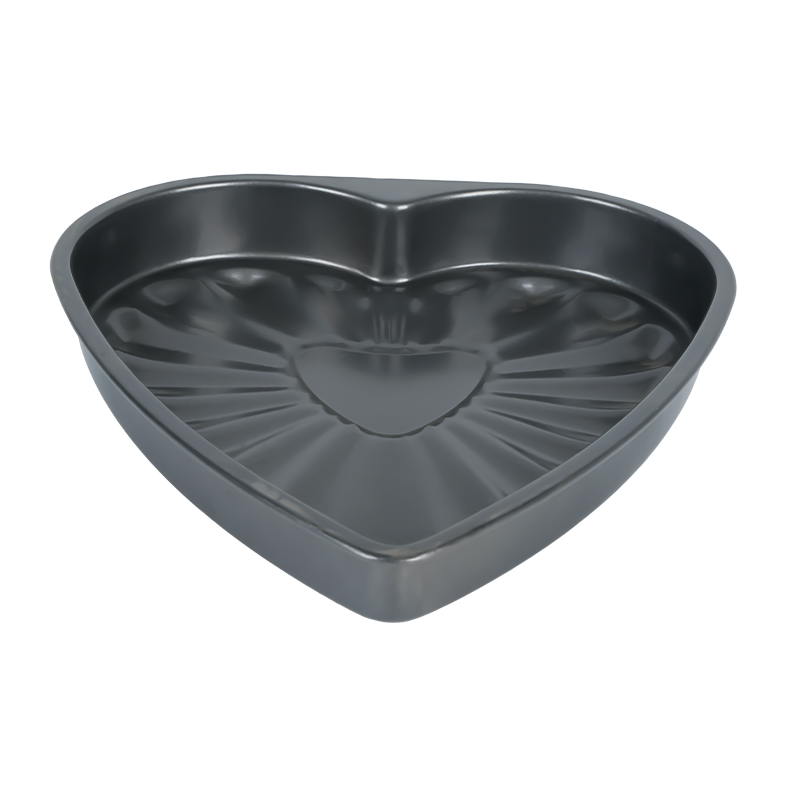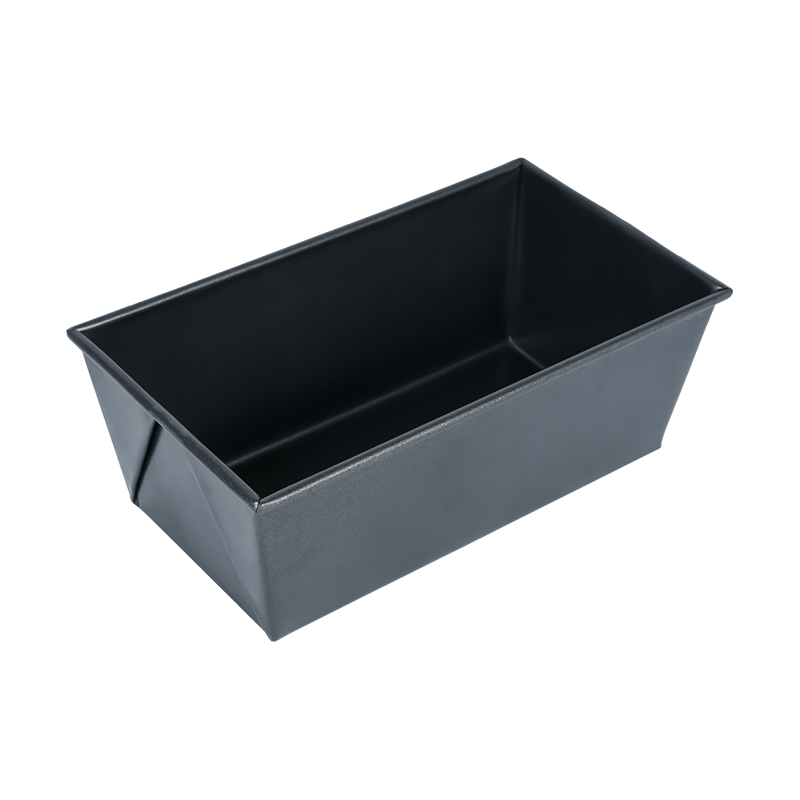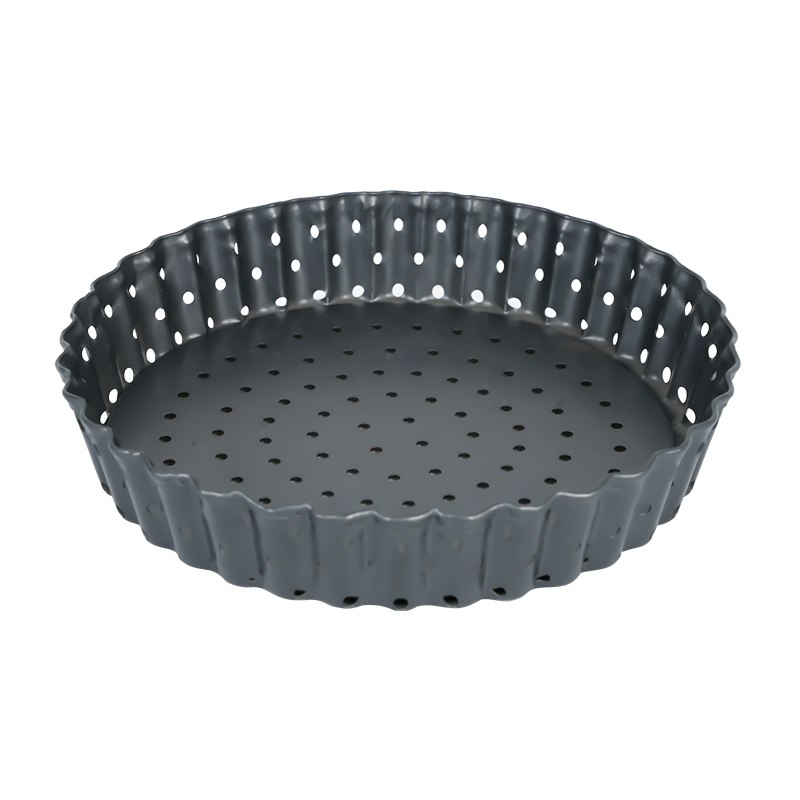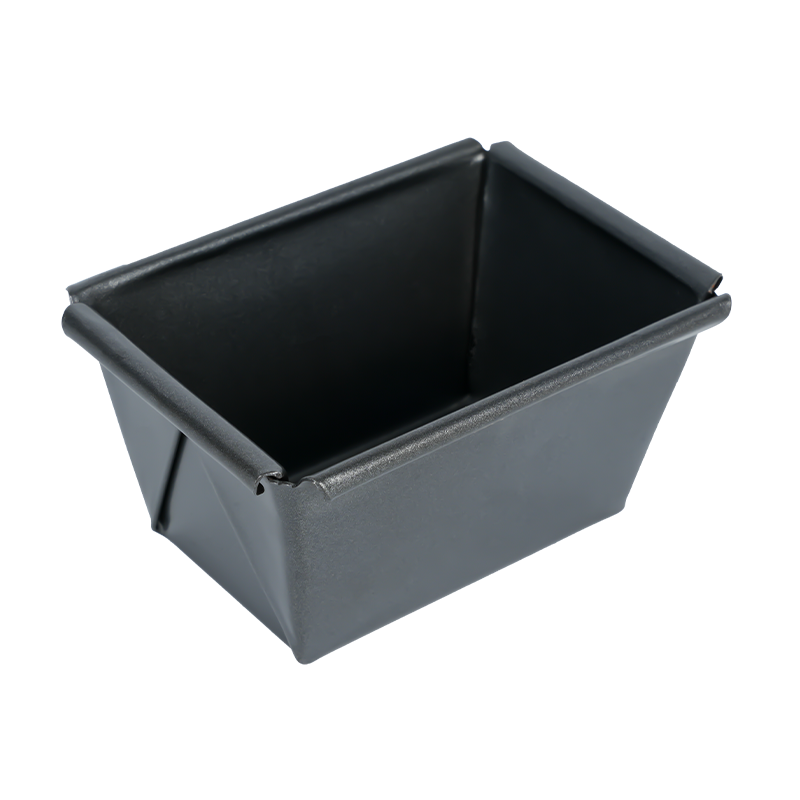The company relies on a high degree of brand awareness, fine product quality, convergence of multiple strong advertising media power, and through the integration of capital, knowledge, talent technology, channels, information operations.
Wholesale Mini Bread Pans Manufacturing Producer in China
Baking enthusiasts often turn to Mini Bread Pans for their ability to create petite loaves and individual-sized bread portions. These pans are not only visually appealing but also offer a convenient way to control and add variety to recipes. However, a crucial aspect of using any baking pan is the ease with which the finished product can be removed, or demolded. This article will explore the factors that influence the demolding process of Mini Bread Pans and provide insights into ensuring a smooth and hassle-free experience.
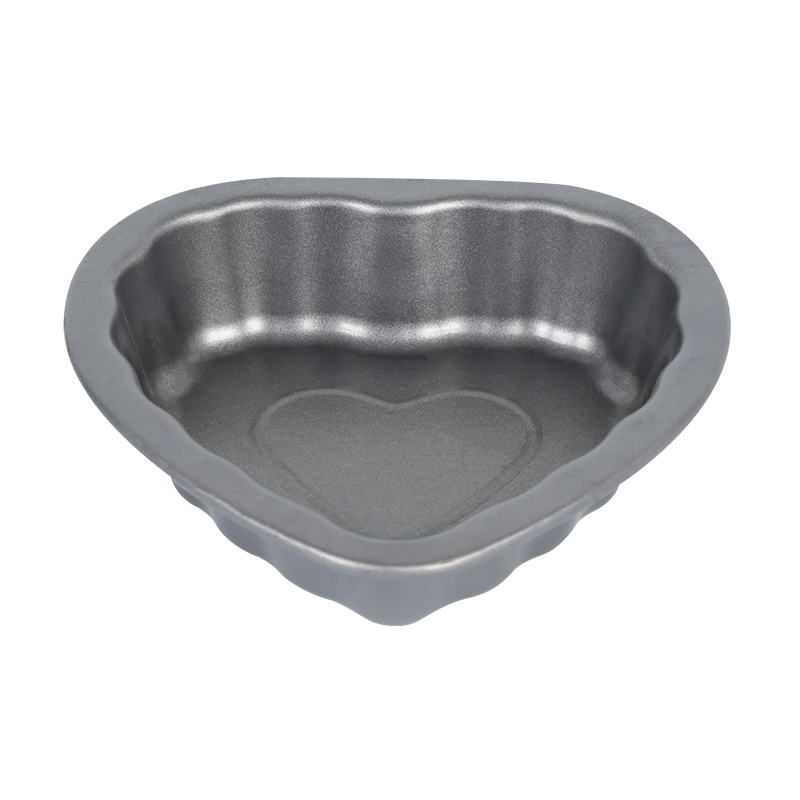
One of the key features of Mini Bread Pans is their non-stick surface, which is designed to facilitate the release of the baked goods with effort. The non-stick coating is typically made from materials such as silicone, Teflon, or a combination of both, which are known for their slip-resistant properties. This coating is not only beneficial during the baking process but also crucial for the demolding of the mini bread loaves. The smooth surface ensures that the bread does not stick, making it easier to remove the loaves without breaking their crust or shape.
However, the effectiveness of the non-stick surface in Mini Bread Pans can be influenced by several factors. The quality of the non-stick coating is paramount; a high-quality coating will provide a more reliable release. Additionally, the temperature at which the Mini Bread Pans are used can affect the demolding process. Preheating the pans before adding the dough can help activate the non-stick properties, ensuring a smoother release.
Another factor to consider is the greasing of the Mini Bread Pans. While a non-stick surface reduces the need for additional greasing, sometimes, a light coating of butter or oil can provide an extra layer of protection against sticking. This is particularly useful for recipes that do not produce a lot of surface tension, such as certain types of quick breads or dense doughs.
The design of the Mini Bread Pans also plays a role in the demolding ease. Pans with flared edges or those that are slightly deeper in the center can make it easier to lift the bread out without damaging it. Some pans even come with a non-stick lining that extends up the sides, which can be particularly helpful in ensuring that the bread does not stick at the corners or edges.
It's also important to note that the demolding process should be done carefully to avoid compressing the bread or causing it to crumble. Once the bread has fully cooked and is removed from the oven, it is often recommended to let it cool in the pan for a short period. This allows the bread to firm up slightly, making it less prone to breaking when it is removed from the Mini Bread Pans.
In conclusion, the ease of demolding from Mini Bread Pans is a multifaceted issue that depends on the quality of the non-stick coating, the proper use of the pans, and the care taken during the demolding process. By considering these factors, bakers can ensure that their mini loaves come out of the pans intact, retaining their shape and texture. This not only enhances the presentation of the bread but also contributes to a more enjoyable baking experience, where the focus can be on creativity and flavor rather than the challenges of demolding.

 English
English русский
русский Español
Español